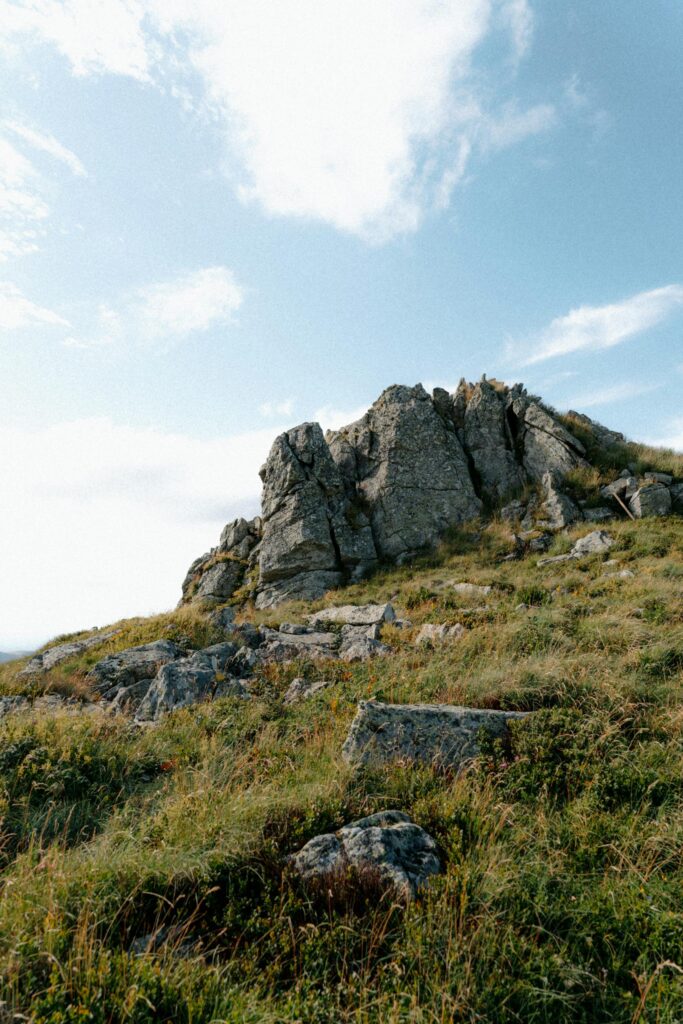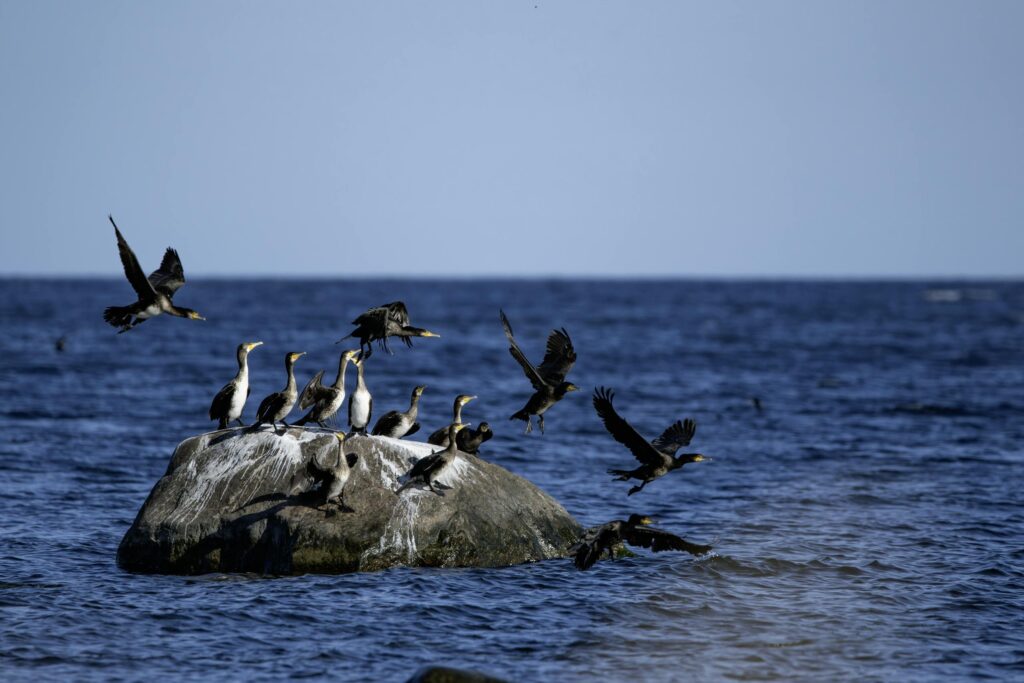From Rocks to Rockets: Earth Science the Smart Way
Always wondered how mountains are made, why volcanoes erupt, or why the weather is changing? Earth science exams help us understand these questions by explaining how the Earth works — from the rocks under our feet to the sky above us. Whether standing on a cliff or gazing at stars, earth science connects it all. Preparing for an exam isn’t just about memorizing facts; it’s about seeing how the pieces fit together. Done right, even tough topics can become second nature to learn.
What to Expect on the Earth science Exam
Earth science tests typically test four broad categories: geology (rocks and the internal make-up of Earth), meteorology (weather and atmosphere), oceanography (oceans and ocean systems), and astronomy (planets, stars, and the universe). Plate tectonics, the water cycle, and weather are a few of the topics you may be tested on. You’ll encounter a combination of multiple-choice questions, diagrams, and short essay questions. The scope is your signal to concentrate, the way a compass gives you the direction in which to keep going.

Earth science tests typically test four broad categories: geology (rocks and the internal make-up of Earth), meteorology (weather and atmosphere), oceanography (oceans and ocean systems), and astronomy (planets, stars, and the universe). Plate tectonics, the water cycle, and weather are a few of the topics you may be tested on. You’ll encounter a combination of multiple-choice questions, diagrams, and short essay questions. The scope is your signal to concentrate, the way a compass gives you the direction in which to keep going.
Building a Firm Foundation
Nailing the Basics
Begin at the starting line. The composition of Earth is a layer cake: crust, mantle, outer core, inner core. The crust is rocky and thin, like the skin on an apple. The mantle, half-liquid and hot, powers plate tectonics—those huge plates sliding, crashing, or pulling apart to create mountains, trigger earthquakes, and create volcanoes.
Gloss over terms such as subduction (plates sliding under one another) and convection (heat-moving in the mantle). For some meteorology, learn about the atmosphere’s layers—troposphere, stratosphere, etc., and how they impact weather, Oceans? Learn about currents, tides, and salinity. Astronomy? Review Earth’s position in the solar system and the life cycle of stars. Flashcards are useful here: terms on one side, definitions or examples on the other.
Use Analogies to Make It Simpler
Analogies make difficult things stick. Consider plate tectonics as puzzle pieces on a conveyor belt banging into each other. The water cycle? It’s a worldwide recycling plant, recycling water from oceans back to clouds to rivers and around.
Weather is a kitchen: high-pressure systems are quiet, like a sunny afternoon baking cookies; low-pressure systems make storms, like a pot boiling over. If you link thoughts with everyday pictures, they’re easier to remember on the exam.
Tools for Smarter Studying
Active Learning Techniques
Don’t just read your textbook like it’s a novel. Engage with it. Summarize each chapter in your own words, as if explaining it to a friend who’s never heard of Earth science. Try the Feynman Technique: pick a topic, like the rock cycle, and teach it to an imaginary class.
Igneous rocks are cooled magma, such as frozen lava; sedimentary rocks are compressed layers, such as a sandwich; metamorphic rocks are altered under heat and pressure, such as dough that has become bread. If you can’t make it simple, you don’t know it well enough yet. Try diagrams too—draw the layers of the atmosphere or carbon cycle. Drawing makes your brain think hard.
Practice with Past Questions
Locate practice questions or practice tests from your textbook, teacher, or web sites. Do them in timed situations in order to provide you with an actual feel of the true test. For instance, if you are given a question such as, “Explain how convection currents force plate tectonics,” dissect it: Heat from Earth’s core makes mantle material rise, cool, and descend, gliding plates along. Practice diagram labeling, such as a cross-section of a volcano or phases of the moon. Mistakes now are better than mistakes on test day—learn from what you get incorrect and fill those gaps.

Making Connections Across Topics: Earth Science Exams
See the Big Picture
Earth science is not just a collection of unrelated facts; it’s a holistic system. Plate tectonics ties together geology (mountain formation), meteorology (ash from volcanoes that influences the weather), and even oceanography (mid-ocean ridges that produce new oceanic crust). The carbon cycle connects rocks (carbon in limestones), oceans (dissolved carbon in the water), and the atmosphere (CO2 regulating climate).
When learning, group together similar topics. Make a mind map: put “Earth Systems” in the center, with geology, meteorology, oceanography, and astronomy as branches, then sub-branches for major processes. It makes you understand how the topics overlap, so you can remember them better.
Real-World Examples
Link concepts to what’s happening in your world. Learning about earthquakes? Remember the 2011 Japan earthquake, which bent seafloor and unleashed a tsunami, which shows plate tectonics in motion. Weathering and erosion? Remember a recent hurricane and the warm ocean waters that powered it. Astronomy? The Perseid meteor shower, created by Earth’s passage through comet material, relates to Earth’s orbit. Real examples ground out your abstract concepts and provide you with anecdotes to use in essay responses. Mastering Challenging Subjects
Unraveling Complicated Processes
Certain subject matter, such as atmospheric circulation or the rock cycle, is daunting. Decompose them into processes. For the rock cycle, memorize how it goes: magma cools and solidifies into igneous rock, weathering creates sediment, sediment becomes compacted into sedimentary rock, heat and pressure create metamorphic rock, melting takes it back to magma. Employ mnemonics, such as “I Seduce Metamorphs” (Igneous, Sedimentary, Metamorphic).
For weather, keep it simple: warm air rises, cold air falls, producing wind and storms. If mineral identification is tricky for you, concentrate on basic characteristics—color, hardness, luster—and practice with a chart contrasting quartz, feldspar, and mica.
Handling Data and Graphs
Tests typically consist of data analysis, such as reading a graph of the climate or seismic wave plot.
Practice reading them. As an illustration, a graph of temperature can depict increasing CO2 levels related to global warming—describe why (greenhouse effect traps heat). For seismic waves, recognize that P-waves first, then S-waves, then surface waves. If provided with a topographic map, become familiar with contour lines for change in height. The more you practice with images, the less overwhelming they will be. Game Plan for Test Day
Time Management Tips
Don’t go into test day in the dark.
Skim through the test to get a sense of question type and point value. Do the simple questions first to get a boost of confidence, then return to the harder ones. For essays, jot down your answer in a hurry—main point, two or three supporting examples, conclusion. In case of a multiple-choice question that stumps you, get rid of wrong answers first. For example, to respond to a question about the primary source of Earth’s heat, cross out “solar radiation” (it energizes weather, not core heat) and choose “radioactive decay.” Remain Calm and Concentrated
Nerves will get the better of you. If you paralyze, inhale, and write down whatever comes to mind about the subject. Then, if the subject is the water cycle, begin with “evaporation” and allow words related to it (condensation, precipitation) to follow. Make sketches on torn pieces of paper if permitted—it might trigger something. And don’t think too much: your initial reaction is correct for multiple-choice.
Earth Science in Everyday Life
It’s not so much about getting an A on an exam. It’s learning about the world you inhabit. That storm warning on the news? You’ll understand why warm oceans are important. That gemstone in a ring? You’ll know that it’s quartz or possibly garnet. Even arguments about climate change are more understandable when you’ve studied the carbon cycle and greenhouse gases. These laws stick with you, changing your view of the world.
Keep Exploring
After the exam, keep your curiosity alive. Visit a local geological site—a quarry, a riverbed, or a mountain trail. Watch a documentary on volcanoes or the solar system. Earth science is a story that’s still unfolding, from shifting plates to distant stars. You’ve got the tools to follow it.
Wrapping It Up
Getting ready for an Earth science exam is like preparing for a hike.
You need to know the way, carry with you the basics, and go slow. Concentrate on the key ideas and attempt to learn them well enough. Relate what you learn to everyday life. If you do this, you will be prepared to answer any question. It might be about how the Earth’s plates are in motion or how the oceans operate. Take your notes presently and begin learning. Over time, you will come to learn about the past of the world.
